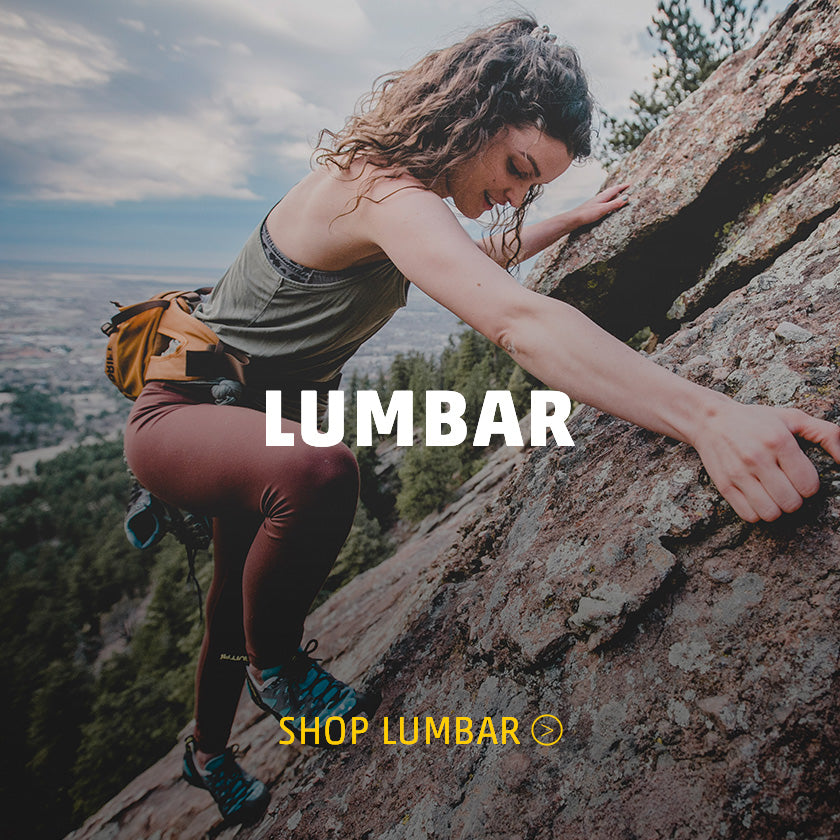Your Cart is Empty
BRINGING GREAT GEAR TO LIFE
We want you to understand all the steps, decisions and challenges we face to develop the equipment we sell. So, we invite you behind the curtain to see the process that brings great gear from idea to your next adventure.
AN IDEA IS BORN
Ideas for new gear can come from a lot of different places, both internal or external. We might see a gap in the industry that isn't being well-served; we might be inspired by the thoughtful feedback of our customers and communities; our sales team might identify a need through conversations with retailers; we might uncover a need when doing the things we all love to do outside; we might partner with a pro; or, the idea might come from people and places we would could never expect.
FYI-001


THE PHOTOGRAPHY LINE.
Back in 2004, rather than following the industry trends in photo packs, we started this line by going straight to the source: photographers, to see what they need and what they’re doing.
DESIGN BRIEF
The design brief is a document we develop after we've honed in on an idea to help determine its viability of what we're setting out to build and to set the parameters for the design. This is the Who, What, Where, When, and Why of our gear design process.
CONCEPT DEVELOPMENT
This is where the real fun begins. We start by picking apart existing models for things we'd like to include. Then, we sketch–a lot. Once our hands are tired and we're out of markers, we move to computer modeling so we can see all sides of the piece while we're nominating specific materials and components.
FYI-003


COLOR CHOICES.
MORE THAN MEETS THE EYE.
Choosing the colors for a piece of gear has more implications than you might think. Every time we add a color, it adds more cost. This is where the "Is this fashion, or function?" conversation tends to really heat up.
THE SPEC PACKAGE
The Spec Package is a 4-30 page document that tells the factory everything it needs to produce a working prototype. This is also our last chance to find out if what we're setting out to build will work, or not. Sometimes, the creative design can’t actually be physically produced as imagined. So, the technical and creative sides of the team come together (or butt heads) and work through any challenges until the Spec is perfect.
Feature Sets
Ergonomics
Dimensions
Materials
Construction details
Sewing processes
SPI’s (stitches per inch)
PROTOTYPING
Prototyping is an elaborate process of creating patterns, dyeing materials, and sewing (all by hand), and then revising. The factory starts by making two identical copies of the piece; one for us and one for them. Once we receive ours, we go over it with a fine tooth comb evaluating every detail. We then digitally send back a Revision Package with photos and adjustments made to the Spec, and the process begins again. It generally takes 2-5 rounds of revisions to get to The Salesman Sample.
FYI-005


HANDS ON.
Our Product Design and Development Manager takes a trip overseas to our factory 3-4 times a year. There, by cutting out the back and forth, we can get several weeks worth of revisions trimmed down to a few days.
THE SALESMAN SAMPLE
The Salesman Sample is a set of 25-30 handmade prototypes that we take to our retail partners for feedback and order commitments. This is a bit of a gamble. Hundreds of man hours and thousands of dollars have gone into development at this point with absolutely no guarantees. Though it’s expensive to build these in such small quantities and all by hand, it’s a necessary step both for retailers and for our own production. We often pick up some important last minute tweaks as these samples are shown to and tested by experts and retailers around the world.
FYI-006


GOTTA HAVE BALLS.
To measure the volume of a pack, we use measuring spheres we purchase from ASTM (American Society for Testing and Materials). First we fill the pack, then we dump them out of the pack into a specialized measuring container, and Voila! Volume. Each sphere is equal to 1 cubic inch in volume. 60.61 cubic inches = 1 liter.
THE PRODUCTION SAMPLE
Once we've gotten the feedback from the field, thoroughly tested both internally and externally, and have made the necessary adjustments to the Spec Package, we send it out for one final prototype: the all important production sample. Assuming it's perfect, we sign it with indelible ink and send it back to the factory to begin production. Before they can produce them in higher quantities, we make sure all sewing staff is properly trained. Given our longtime friendships with our factories, we have the pleasure of working with many of the same sewers year after year.
FYI-007
THE SALES / PRODUCTION CYCLE.
It might sound fun to ride, but it's a little on the dangerous side. Due to production and delivery timelines, we often have to have 500-1000 pieces of a new piece of gear produced long before we have actual orders. If we don't, and the orders come in, we'd end up missing our delivery deadlines with our retailers. Just the nature of the business.















